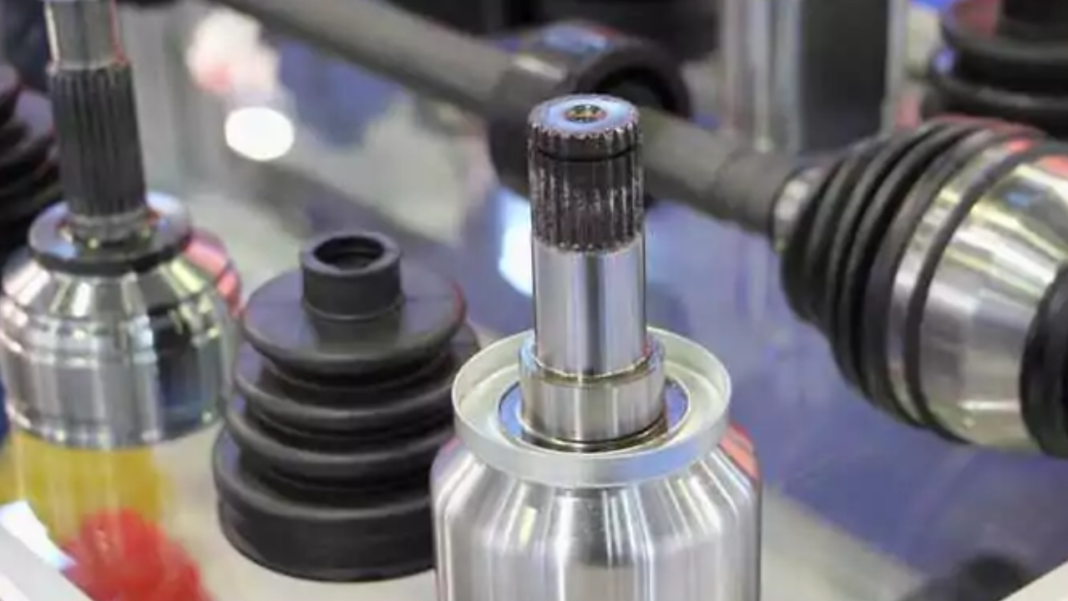Custom steel forging is a distinctly specialized production process that involves shaping steel through compressive forces to produce components tailored to unique necessities. Known for its capability to enhance the energy, durability, and reliability of metal parts, custom forging is broadly utilized in various industries, including aerospace, automotive, production, and energy. The popularity of custom steel forging stems from its capability to produce top-notch, high-overall performance additives with advanced mechanical properties in comparison to different manufacturing techniques.
Metal components exhibit extra energy, toughness, and fatigue resistance, making them ideal for stressful applications. Additionally, custom forging allows for the manipulation of material properties and dimensions, ensuring that additives meet actual specifications. As industries continue to demand superior, reliable materials for critical applications, the custom steel forging technique remains a desired desire for achieving overall performance and sturdiness.
Key Stages in the Custom Steel Forging Process
Custom steel forging is a specialized manufacturing procedure that includes shaping metal through compressive forces to supply the correct additives tailored to precise wishes. The manner is known for its potential to beautify the mechanical residences of metallic, inclusive of its strength and durability. Here’s an in-depth assessment of the important things involved in custom metal forging:
Design and Engineering
The layout and Engineering level are essential in custom metallic forging, concerning targeted evaluation and making plans to meet unique software needs. Engineers collaborate to decide cloth requirements, which include power and durability, and create particular designs using computer-aided design (CAD) software. This section guarantees that the solid additives will attain the favored performance and match. The correct pattern and die design are also advanced to form the steel in keeping with the exact specifications.
Pattern and Die Design
Sample and die layouts are essential for shaping steel in custom forging. This degree includes creating specific styles or prototypes to test designs and ensure they meet specifications. Forging dies, which are the molds used to form the steel, are then designed and made of high-power substances to face intense forces and temperatures. The precision in die layout guarantees correct replication of the factor’s features, permitting regular and tremendous production.
Material Preparation
Material preparation involves selecting and pre-treating metal billets or ingots for forging. The steel is carefully chosen based on the requirements of the final part, consisting of energy and sturdiness. It is then heated to a particular temperature, making it malleable enough to be shaped without cracking. This heating method, typically between 1,200°C and 1,300°C, ensures the most desirable workability and prepares the cloth for effective forging.
Forging
The forging level entails shaping the heated metal using compressive forces. The metal is positioned right into a forging press or hammer, where it’s subjected to multiple levels of pressure to obtain its preferred shape. Techniques inclusive of open-die, closed-die, or affect-die forging are used depending on the component’s complexity. This level ensures the metallic takes on the best dimensions and structural integrity, with shaping and trimming implemented as needed for precision.
Heat Treatment
Heat remedy enhances the residences of cast metallic. This degree commonly entails numerous approaches: Annealing relieves inner stresses and improves ductility by slowly cooling the metal after heating. Quenching unexpectedly cools the steel, normally in water or oil, to increase its hardness. Following quenching, tempering reheats the steel to reduce brittleness and improve toughness. These treatments fine-tune the metal’s mechanical properties to satisfy specific performance requirements and ensure durability.
Inspection and Quality Control
Inspection and nice manipulation are vital for ensuring cast components meet specifications. This stage includes visible inspections to become aware of surface defects and dimensional assessments to verify that parts adhere to design tolerances. Non-damaging testing (NDT) techniques, along with ultrasonic or radiographic testing, are employed to detect inner flaws. Rigorous first-class manipulation measures make sure the forged additives achieve the required overall performance requirements, reliability, and protection for their intended programs.
Finishing and Machining
Completing and Machining refined forged parts to meet final specifications. This degree entails extra machining operations, including turning, milling, or drilling, to achieve unique dimensions and surface excellence. Surface treatments, like shot blasting or coating, can be carried out to enhance the look and guard against corrosion. These methods make sure that the forged components have the appropriate shape, smooth floor, and sturdiness, making them equipped for the meeting or installation of their final programs.
Conclusion
Custom metal forging is a complex and specific procedure that involves numerous steps, from initial layout and material education to final inspection and delivery. Each level is vital to ensuring that the very last product meets the required specs and plays reliably in its intended application. Using following these designated tiers, producers can produce superb, custom-cast steel additives that provide superior overall performance and sturdiness.










